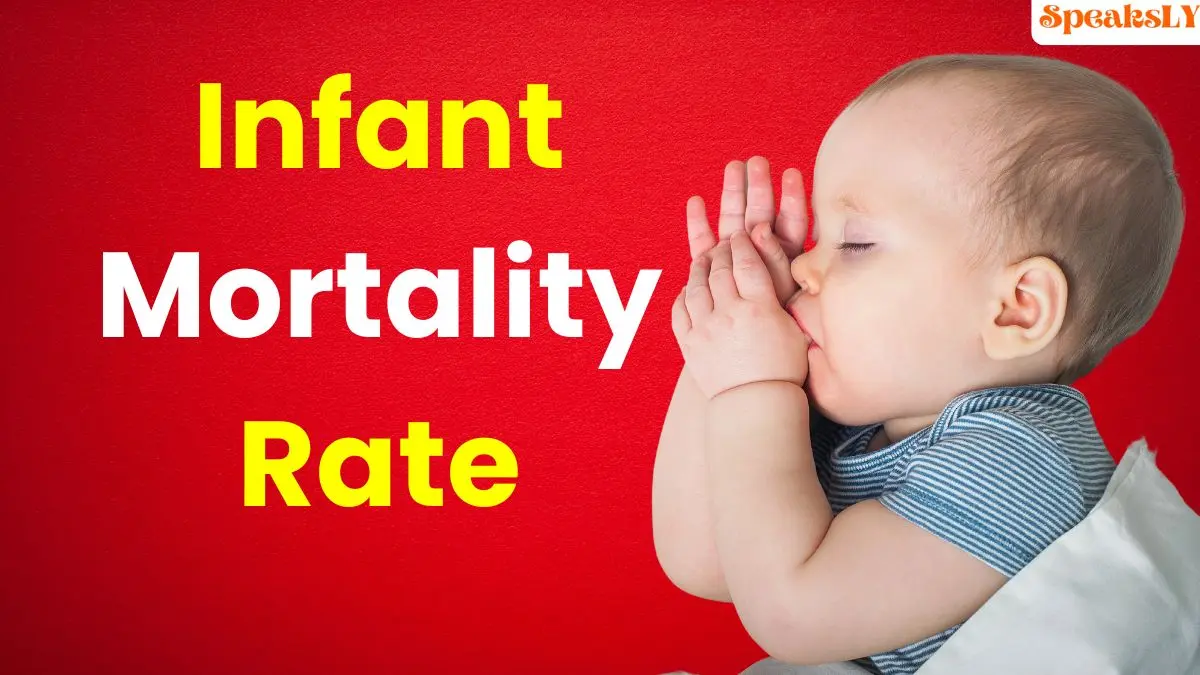Infant Mortality Rate: A significant rise in the U.S. infant mortality rate has been observed following the Supreme Court’s decision to overturn Roe v. Wade, according to a new study published in JAMA Pediatrics. Researchers found a 7% increase in infant deaths in the months following the landmark Dobbs v. Jackson ruling, which led to widespread abortion restrictions across the country.
The study analyzed data from the Centers for Disease Control and Prevention (CDC) between 2018 and 2023, comparing infant mortality rates before and after the ruling. It showed an average of 247 additional infant deaths per month following the court’s decision, with a notable 10% increase in deaths among infants born with congenital anomalies, such as chromosomal abnormalities.
Lead researchers from The Ohio State University, including epidemiologist Dr. Parvati Singh, explained that the rise in mortality is likely tied to restrictions on abortion, which prevented many women from terminating pregnancies with severe fetal anomalies. “We are witnessing a ripple effect across the nation,” Singh noted, highlighting the impact of reduced access to abortion care on broader public health outcomes.
Congenital anomalies, which can severely affect a baby’s survival, were the primary cause of increased mortality. Babies with conditions incompatible with life, such as heart or spinal defects, were among the most affected. “Before the Dobbs decision, people had the option to terminate pregnancies with severe fetal abnormalities,” explained Dr. Alison Gemmill, a perinatal epidemiologist from Johns Hopkins Bloomberg School of Public Health. “Now, women are forced to carry to term, knowing their infants may not survive.”
The researchers found that infant mortality did not return to expected levels during the study period. Though the study did not break down state-specific data, Singh suggested that states with stricter abortion laws are likely to experience the most pronounced effects.
“There’s a broader toll to consider,” Singh warned, “including the mental and physical health consequences of forcing women to carry non-viable pregnancies to term.”
The findings echo earlier research from Texas, where infant mortality rose 13% after the state banned abortions for the past six weeks. As abortion access continues to face challenges nationwide, experts are urging policymakers to consider the potential long-term impacts on public health.
This increase in infant mortality raises concerns about future trends. “Will this pattern continue, or will states adapt?” asked Dr. Maria Gallo, co-author of the study. With rising awareness, some states might reconsider restrictive policies as public health consequences become clearer.
This research highlights the pressing need for deeper investigation into the effects of abortion bans on maternal and infant health in the United States, especially as more states move to tighten access to abortion services.






